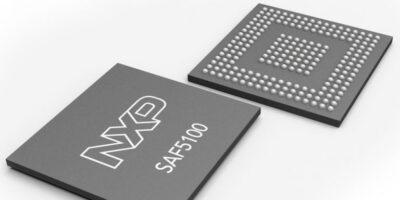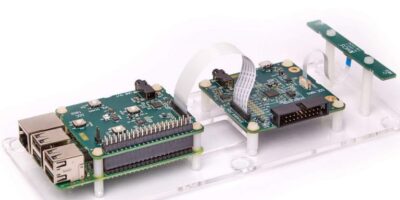NXP Semiconductors is rolling out its RoadLink V2X (vehicle to everything) communication system in the new Volkswagen Golf. The eighth generation Golf is the first volume European car model equipped with V2X, reports NXP.
V2X can prevent accidents by allowing cars to communicate with each other, independent of car brands and without the support of cellular infrastructure.
Dr. Johannes Neft, head of vehicle body development at Volkswagen, said:“The introduction of V2X, together with traffic infrastructure providers and other vehicle manufacturers, is a major milestone in [safety].”
Torsten Lehman, senior vice president and general manager of Driver Assistance and Infotainment at NXP, added: “After proving our technology in more than one million test days globally, we are pleased that our RoadLINK technology, developed in cooperation with Cohda Wireless, was chosen to enable new levels of safety in Europe’s most popular car model, the new Golf.”
Wi-Fi-based V2X is a mature technology has been tested for more than 10 years. Wi-Fi is available independently of paid cellular services and other developing cellular-based technologies can be added to Wi-Fi-based V2X .
Wi-Fi-based V2X is robust, has low latency and real-time communication – regardless of any car brands, advocates NXP. It enables awareness and communication between cars, road infrastructure like traffic lights or street signs, and other road users such as cyclists and pedestrians.
The technology is collaborative, allowing it to “tap into” surrounding sensor data from mutually equipped cars to warn of hazards and prevent accidents. V2X complements other ADAS sensing technologies such as radar, lidar and cameras.
It helps vehicles to “see” more than a mile ahead and around corners to provide early warning of obstacles, hazards, and road conditions and has the ability to “see” through objects, delivering more information than that obtained through line of sight only, continues NXP. Its sensing capabilities are unaffected by poor weather conditions.
NXP claims to offer the only 5.9 GHz V2X system solution proven in volume production today.
NXP and Volkswagen have collaborated for standardisation of V2X communication that addresses cybersecurity and privacy protection.







